Installing tile can be intimidating for any DIYer regardless of skill or experience. It takes time, money, tools and patience to get your backsplash, floor or bathroom wall tile just right. If you're hesitant to take the traditional tiling plunge, then maybe you've wondered about peel-and-stick tile. Here's what you need to know about peel-and-stick tile to decide if it's the right DIY project for you.
What You Need to Know About Peel-and-Stick Tiles
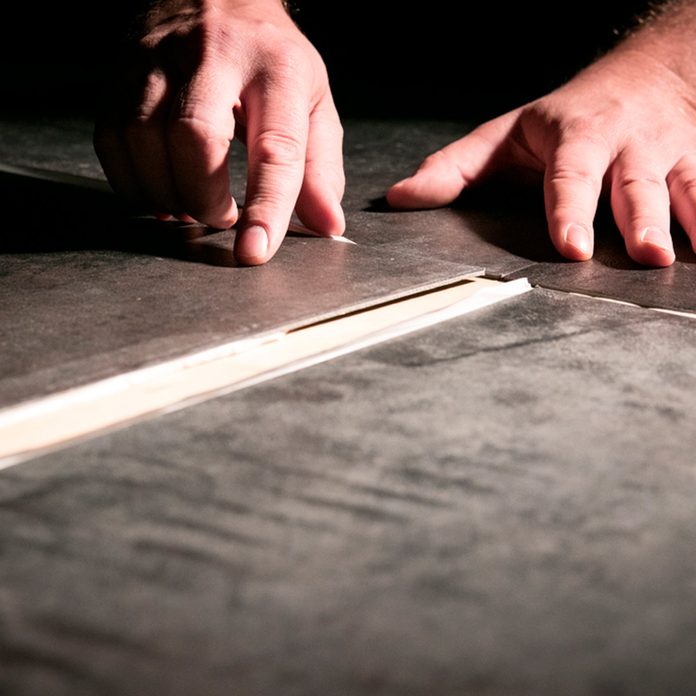
Faster, Easier and Less Expensive
If you’ve ever spread tile adhesive on your walls, cut tiles with a wet saw, or set grout on new tile, then you know how long it takes and how much it can cost, even for a simple subway tile backsplash. Peel-and-stick tile can be done quite fast, at lower cost and with a lot less mess. For tools, you’ll only need a utility knife, ruler and level. For time, you’ll need at least a few hours but probably not more than a day.
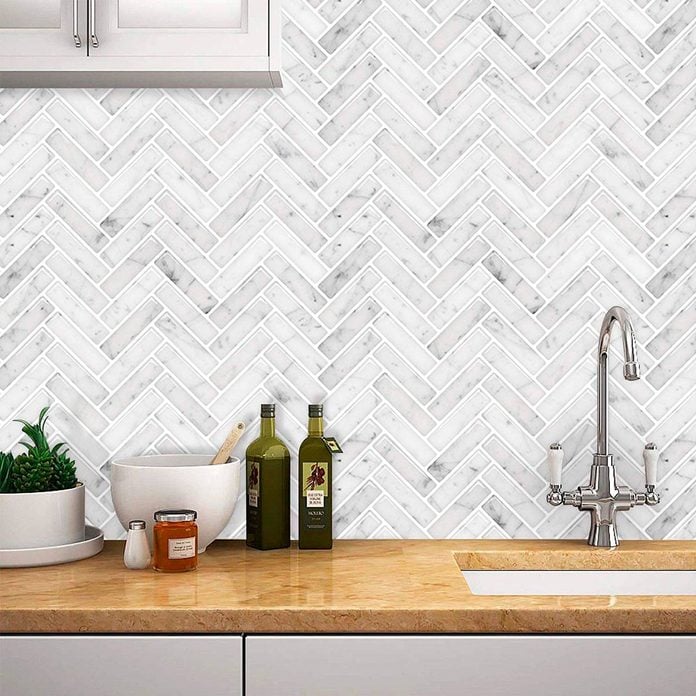
Design Options are Endless
If you’re the kind of person who’s always longed for a uniquely designed, stand-out kitchen backsplash, then peel-and-stick tile may be the way to go.
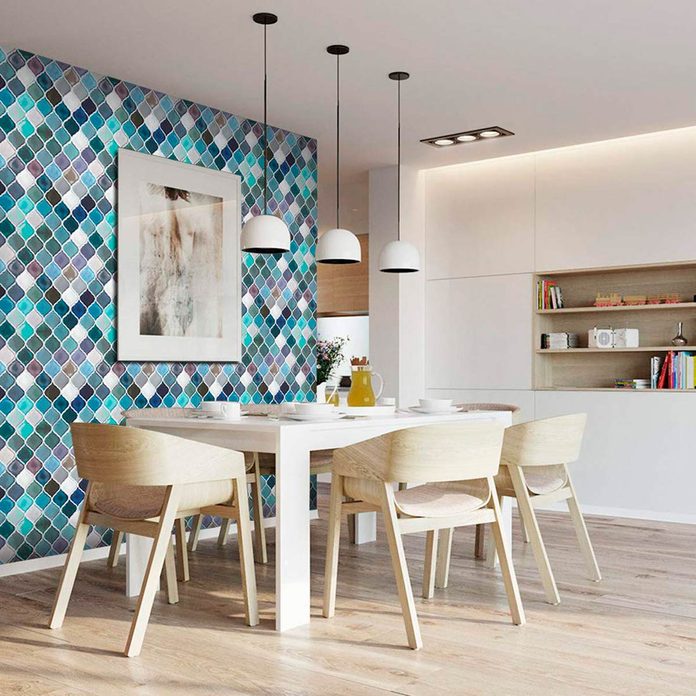
Peel-and-Stick Tile Comes in a Variety of Materials and Prices
Believe it or not, there is peel-and-stick tile made of vinyl, metal, gel, glass and stone! And, as you might imagine, prices vary greatly. Many people who are drawn to peel-and-stick are lured by the low price point, but that mostly applies to vinyl and gel options. Once you start looking at glass, metal or stone, the price could be 3 to 5 times more expensive than the budget options.
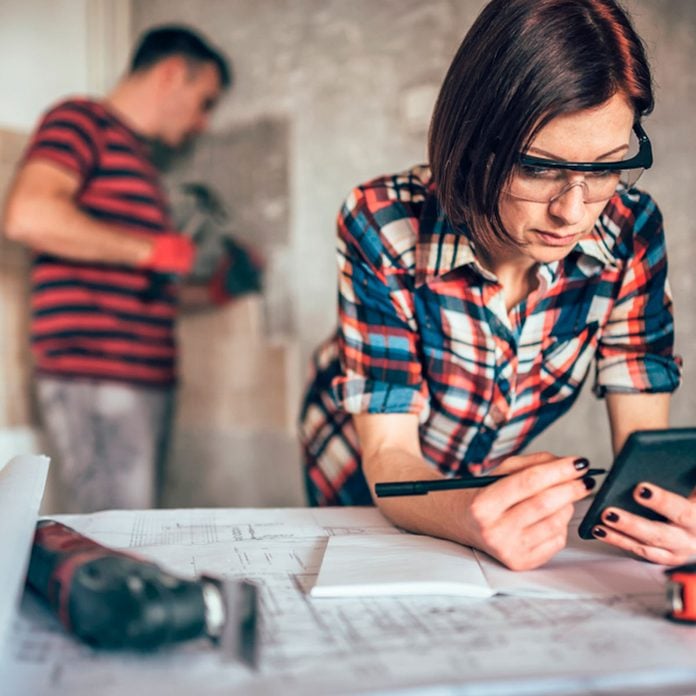
Great Beginner DIY Project
Traditional tiling is totally DIYable, but can be intimidating for newbies. For first-time DIYers, peel-and-stick tile is perfect because you don’t need a lot of specialty tiling tools or skill. Measuring and cutting pretty much cover it! But, you’ll still get the thrill of completing a project yourself and the joy of having an upgraded kitchen backsplash or bathroom.
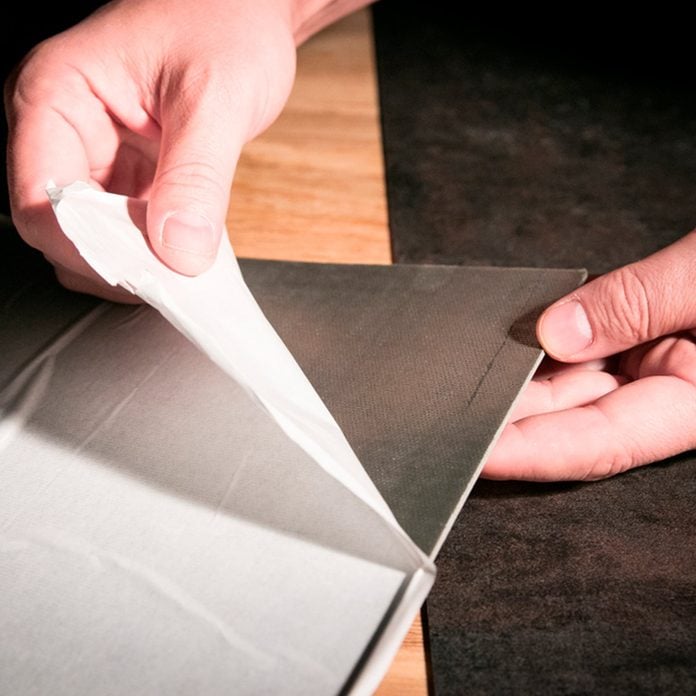
You Only Get One Shot
Self-adhering tiles have one job to do—self-adhere—and they do that job very well. Sometimes too well! If you stick the tile slightly askew and want to reposition it, it’s not going to be easy and may damage the surface you’re tiling over. While some peel-and-stick tile is made to be removable (like some peel-and-stick wallpaper), most are made to stick and stay. This isn’t a big issue if you have a steady hand, level eye and patience. However, for some, this could be the very reason to avoid the self-adhering tile altogether. This also makes removing tile later more difficult.
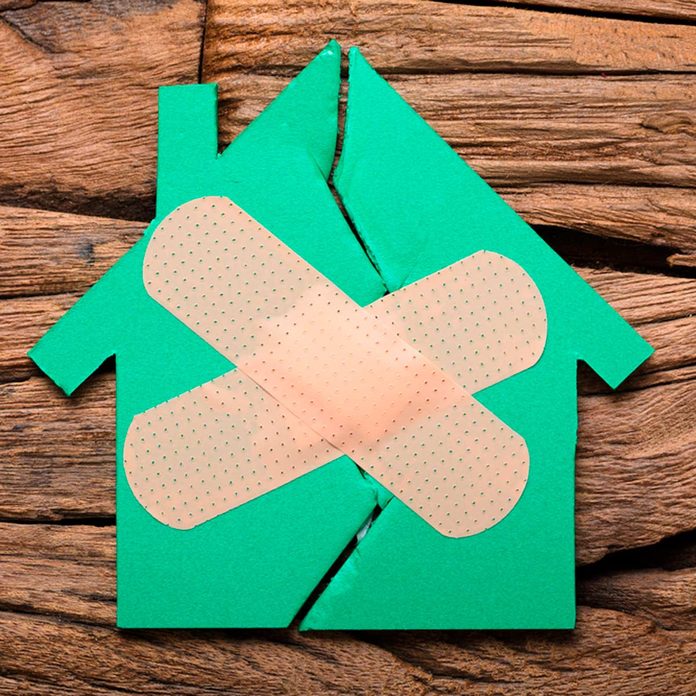
Quick Fix
Peel-and-stick is ideal if you want to save time and money. But the reality is that nothing can really measure up to real tile. Peel-and-stick tile could be great for rental housing (if your landlord agrees) or if you want to make your kitchen look chic but can’t yet afford a remodel. If you’re planning to sell your home soon, maybe hold off on the stick-and-peel because most Realtors and home buyers are smart enough to spot cost-effective solutions that don’t quite make the grade.
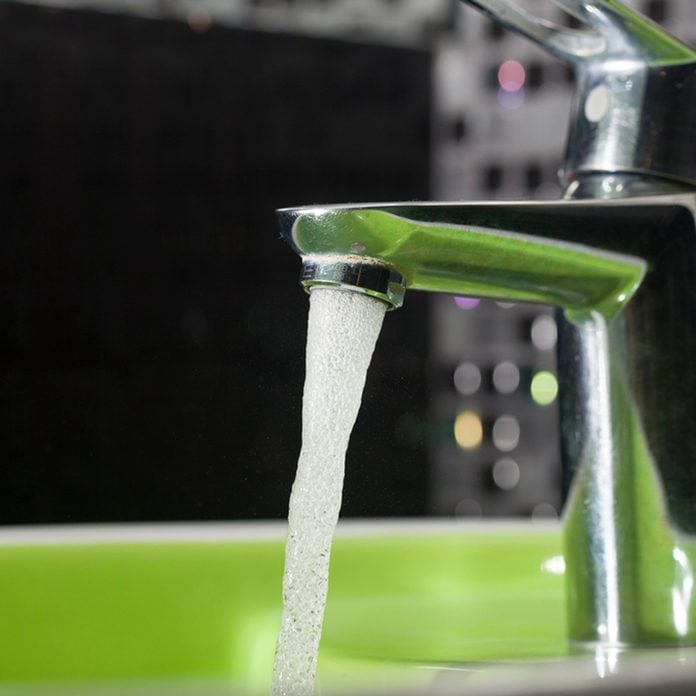
Water and Peel-and-Stick (Sometimes) Don’t Mix
Many folks have a concern that self-adhering tile will lose in a war with water. In reality, most tile is designed to stay stuck in humid, occasionally wet environments. The greatest concern is for the spaces where one tile meets the other because peel-and-stick does not require grout or cement backer board, but that leaves a tiny vulnerable space for water. If you want to take extra precaution, you can apply a sealant specially formulated for peel-and-stick tile. This water-vulnerability also means you need to be careful with how you clean your peel-and-stick tile.
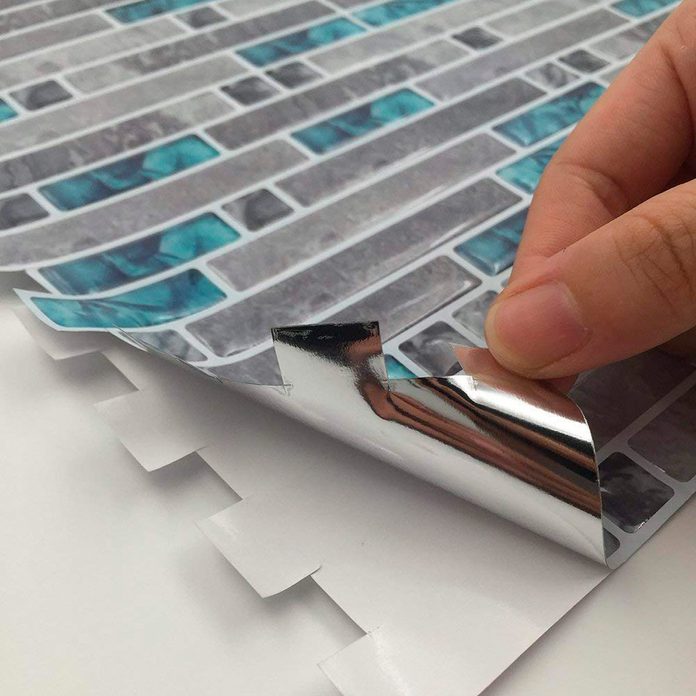
Tile Over Existing Tile
If you don’t want to have to deal with removing an entire floor or backsplash before re-tiling, then you’re in luck. As long as you prepare your existing surface well, you can place most peel-and-stick tiles over existing tile and other existing surfaces. Do keep in mind that some peel-and-stick tiles will only adhere well when the grout lines are filled in to be flush with the existing tile. If the surface isn’t as flat as possible, the peel-and-stick tile will adhere to all the nooks and crannies resulting in an uneven and gap-prone finished product.
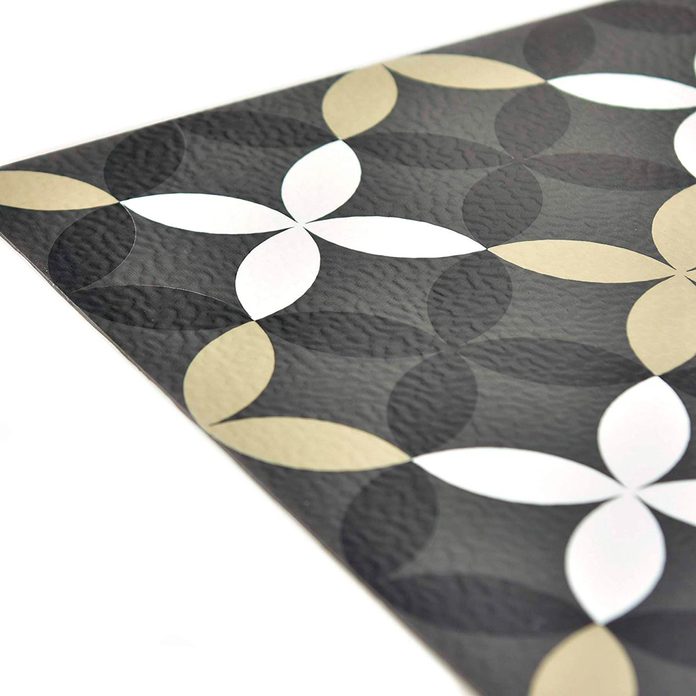
Floor Tile Only for the Confident
Self-sticking floor tile has a reputation for being either totally awesome or the cautionary tale of what never to do. Look through the reviews online and you’re going to read praise like: “I’ve never had any issues”, and “My bathroom has had this kind of tile for three kids and everything is perfect.” You’re also going to see criticism like: “The tiles started curling up after three weeks and the sticky part attracted crumbs and my socks,” or “I wish I wouldn’t have laid peel-and-stick tile in my home’s high-traffic areas.”
Bottom line: Make certain you have the kind of floor surface that can be a solid, successful surface for peel-and-stick tile.
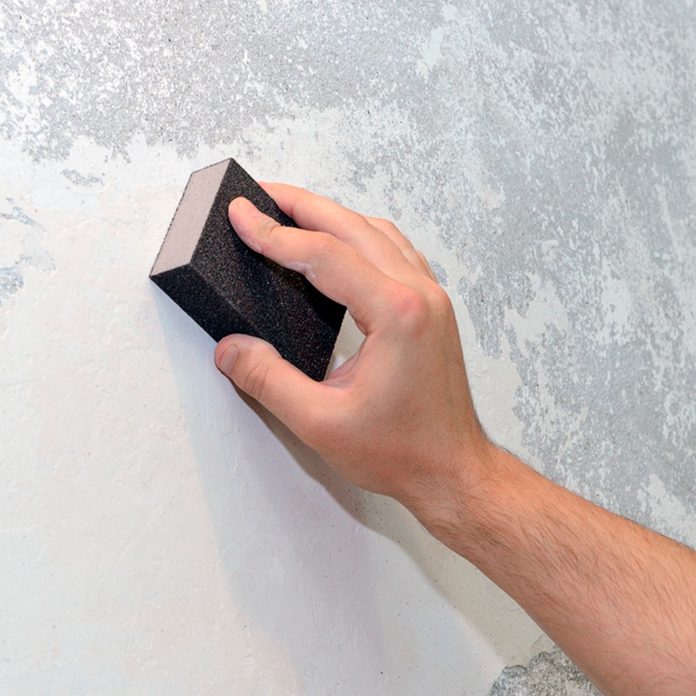
Prep the Underlying Surface
Much like any tiling project, you’re going to have to prepare the wall or floor properly before you start peeling and sticking. This preparation involves cleaning the surface really well, degreasing it if necessary, and taking any necessary steps to make sure that it’s a smooth and level surface. That could include sanding or adding a backer board. Don’t skimp on the important tasks!
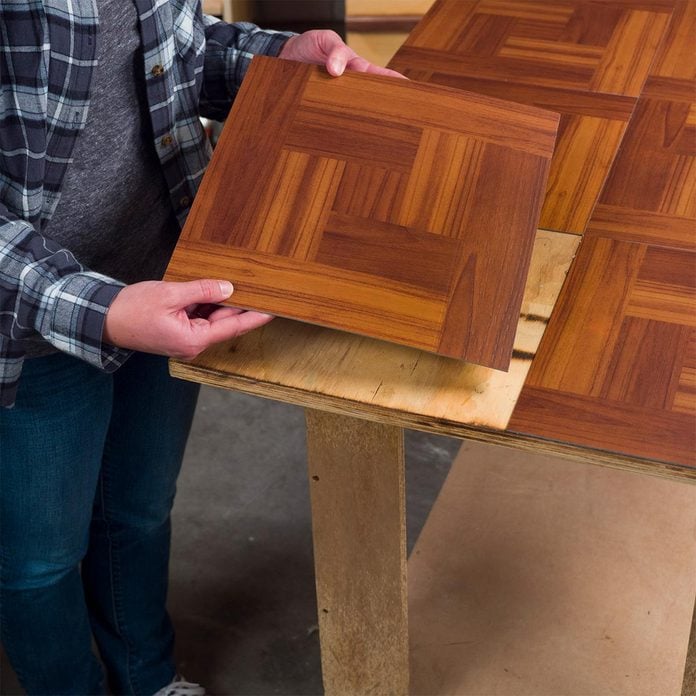
It Makes a Great Work Surface
Think of all the things you can do with peel-and-stick tile besides floors and walls!




















